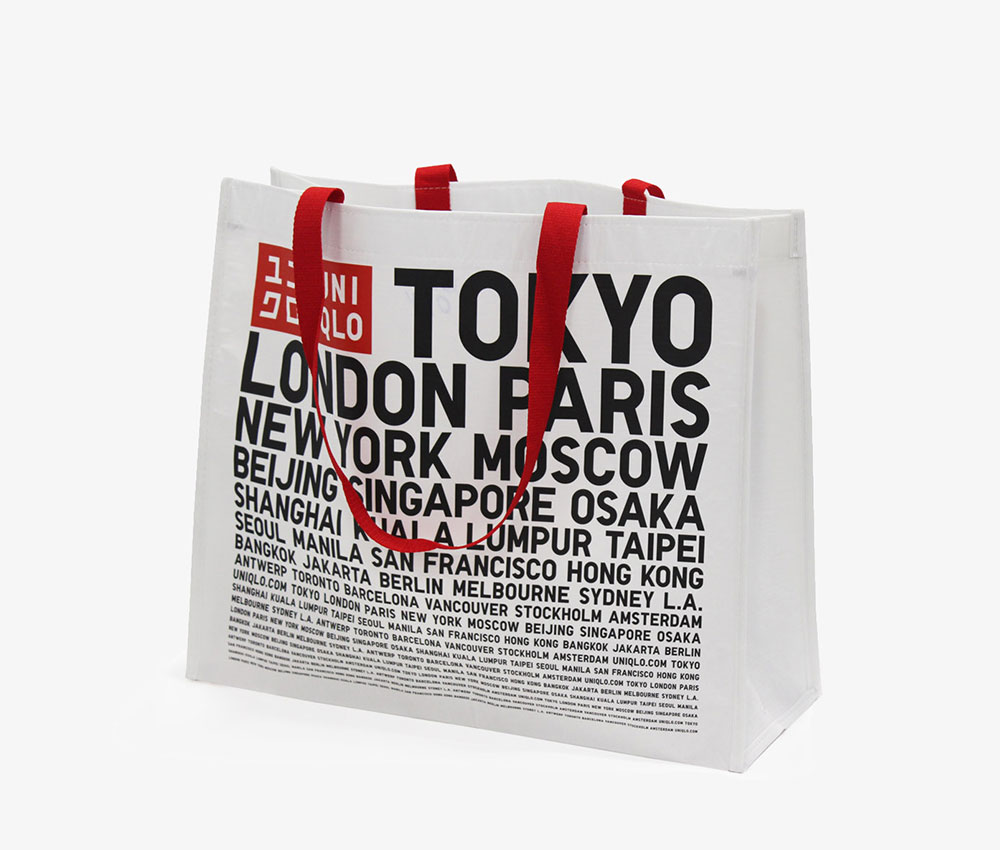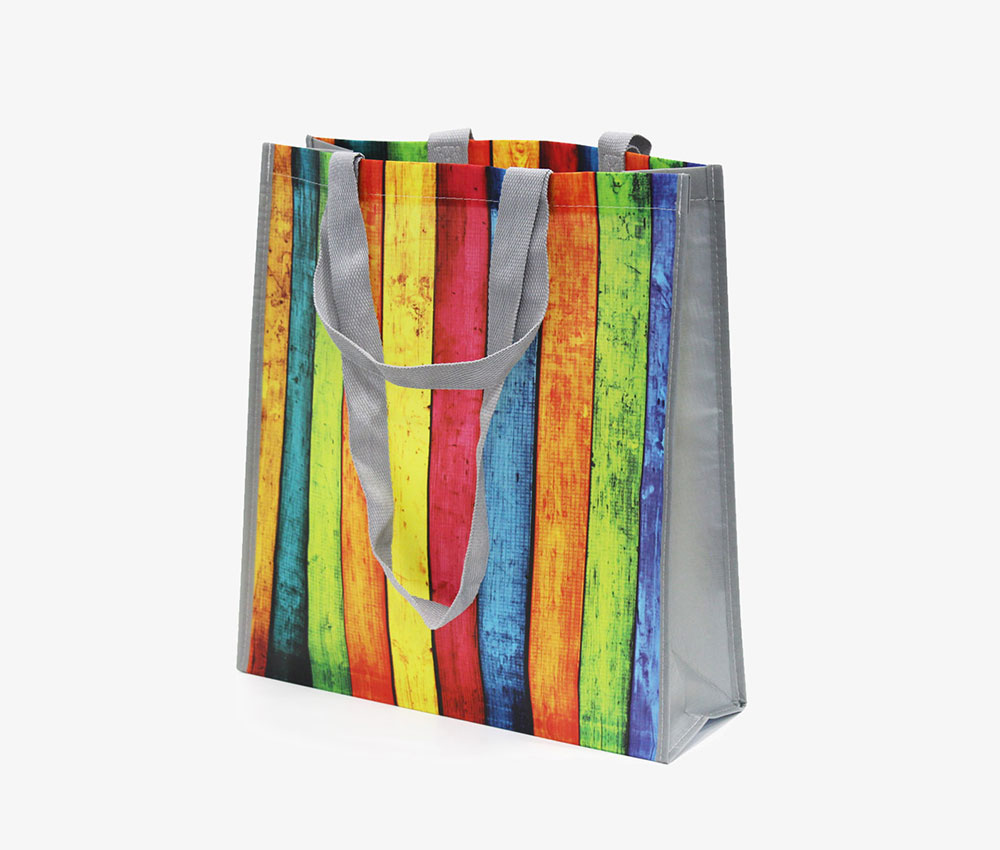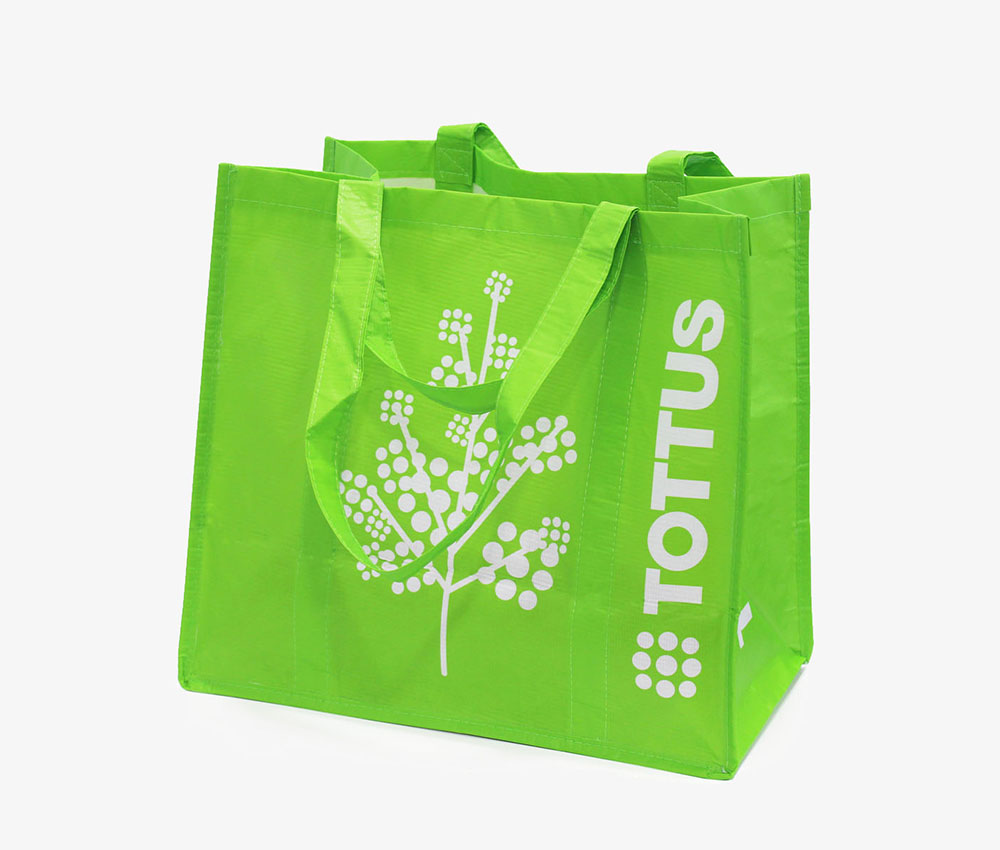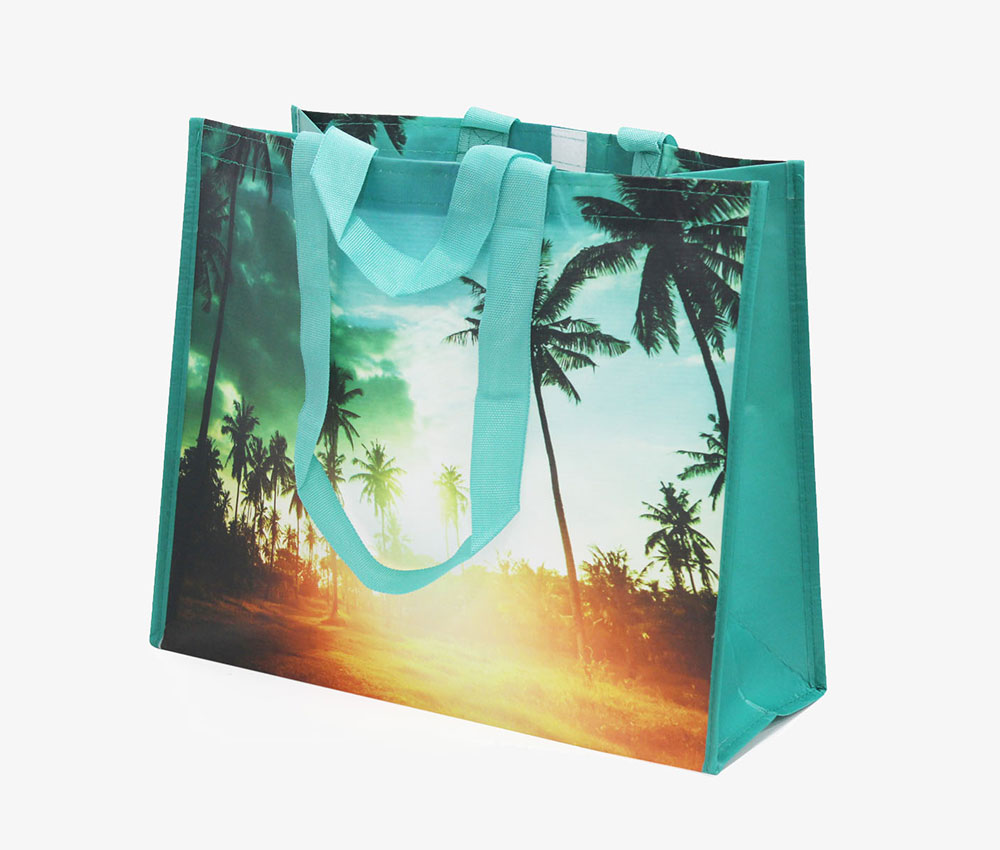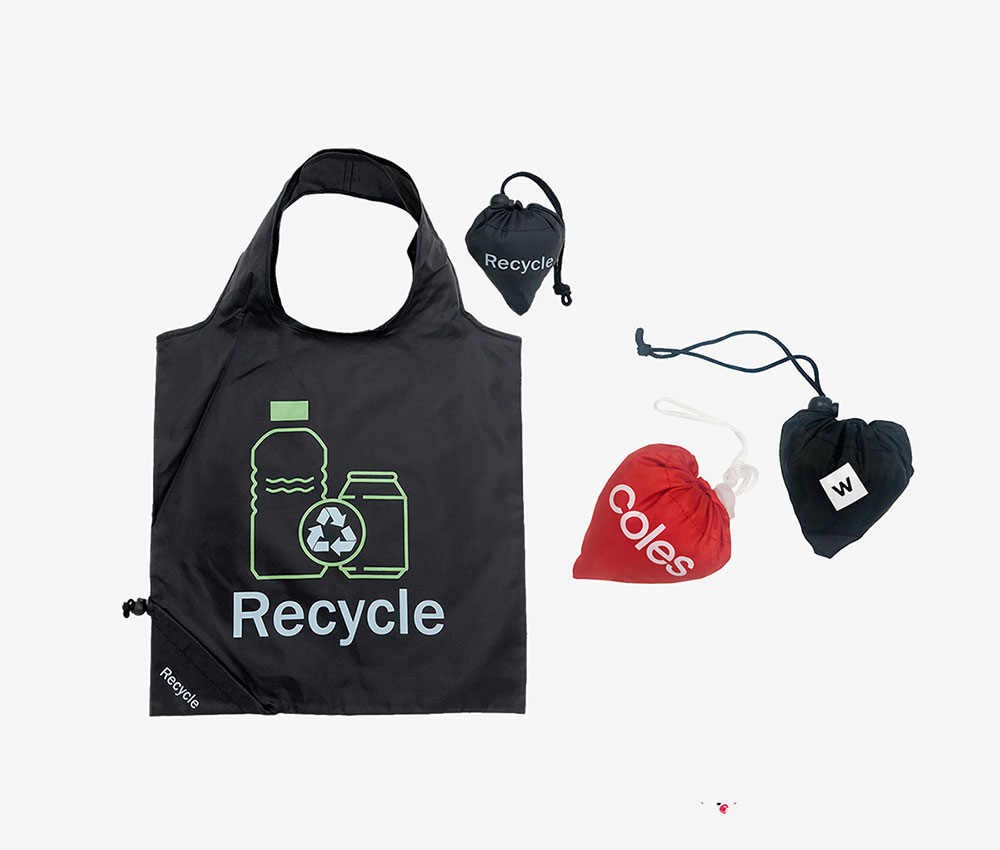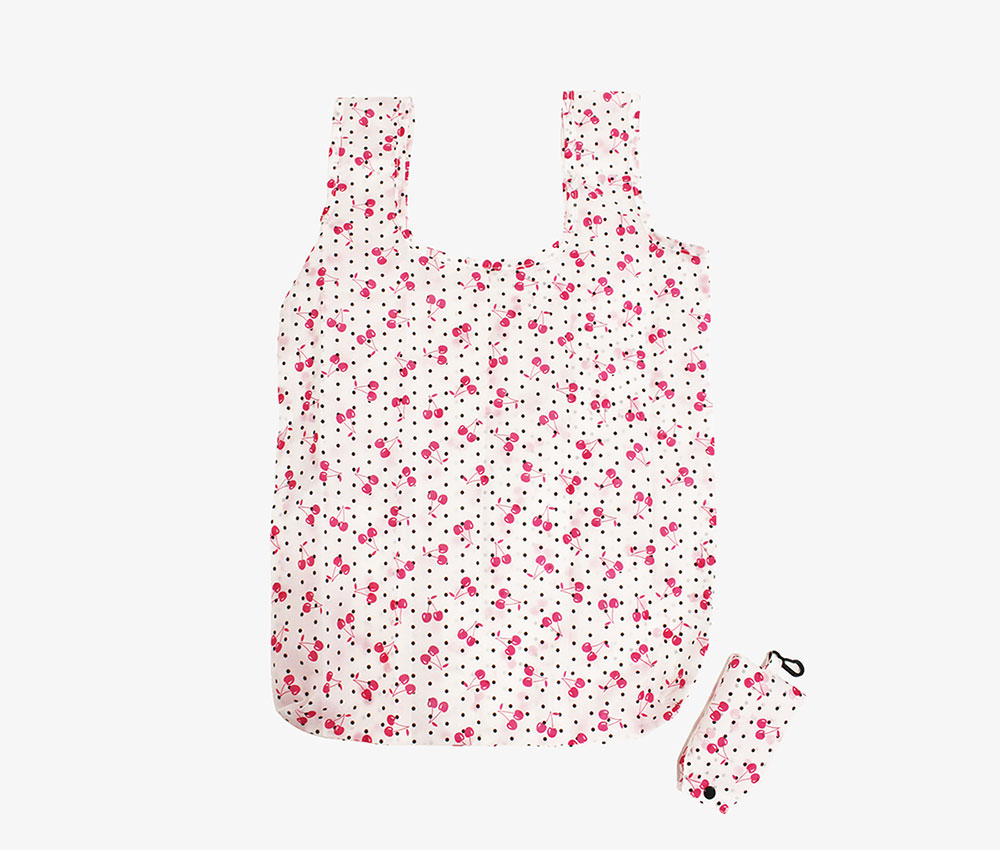Sustainable
rPET
rPET, short for Recycled PolyEthylene Terephthalate, is a relatively new man-made material that was only introduced to the textile industry in 1993. It has undergone a lot of research and innovation to get where it is today.
PET is part of the thermoplastic family and one of the most commonly used materials in the world with its biggest use being in plastic water bottles.
When these items are recycled, instead of ending up in landfill, they are taken to a recycling facility and converted into a strong, lightweight polyester yarn.
The end material made using this yarn is known as rPET and is all part of the circular economy which is one of the many reasons why we love it.
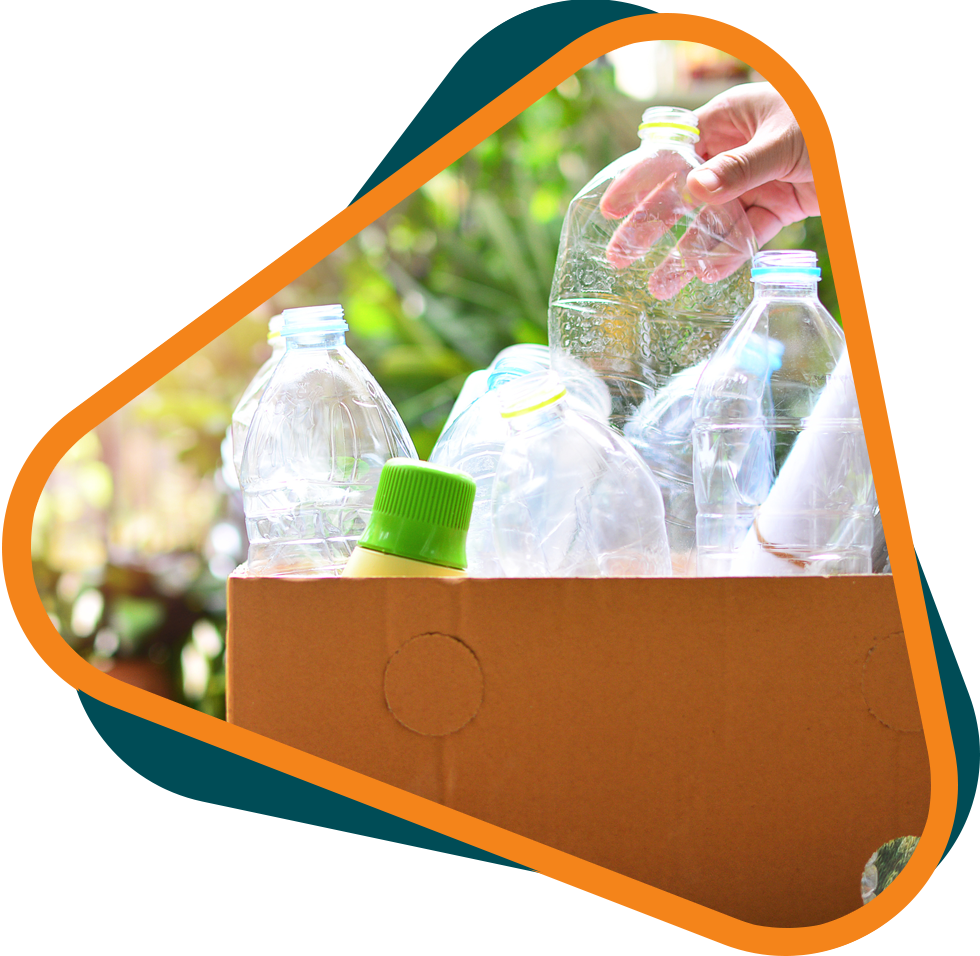
Types
of rPET
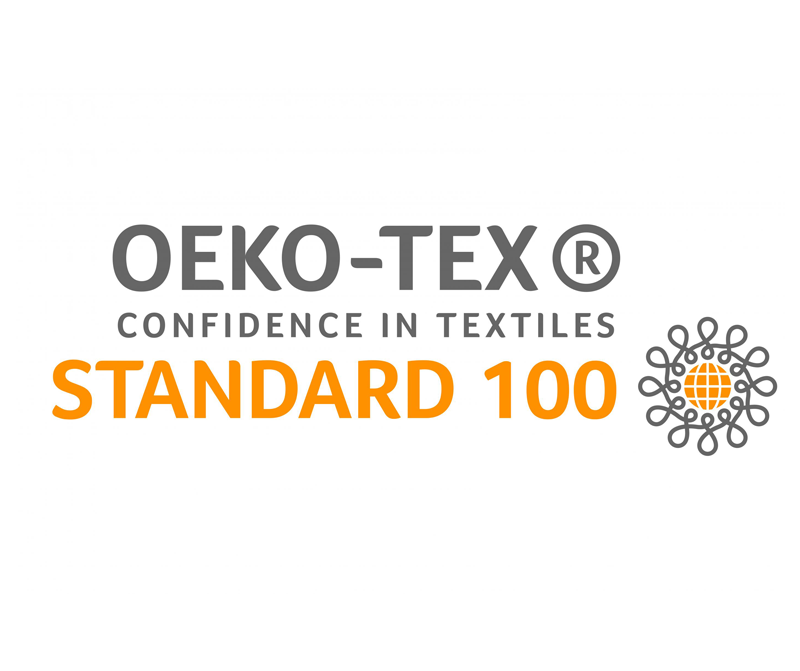



Need more information about our eco certifications?

From trash
to treasure
In the production of rPET products, recycled plastic is collected, cleaned and remade into something useful through a fairly simple process. The most popular recycled PET product that goes through this process, and the one that we use in our products, are plastic water bottles.
There are two types of recycling processes for rPET – mechanical, which is the most common, and chemical which is a better method as it doesn’t degrade the quality; however, it is rarely used because it’s very expensive.
The mechanical recycling process involves the PET being compressed into bales and transported to a recycling facility where the bales are broken apart and separated from other plastics. The PET is then ground up into small flakes, cleaned, dried and chopped down further into tiny pellets which are melted and stretched into string-like fibres.
These fibres are then tied together to create a polyester yarn that can be used to manufacture a wide range of products including bags and clothes.
Why we use rPET
Its CO2 emissions are 75% lower than that of regular polyester
It requires 1/10th of the water used in the production of virgin polyester
The production process uses 70% less energy than regular polyester
Our
rPET products
Are you unable to find the product you’re looking for?
Learn
a little more
rPET is a low maintenance fabric and when it does require cleaning, it’s a fairly simple process.
Most rPET fabrics can be machine washed but handwashing is always preferred.
Following this, it should be left to air dry as putting rPET in a tumble dryer could damage the fibres.
Non-woven rPET fabric is available in many different weights which is determined by the thickness of the yarn used to make the material. Non-woven rPET weights are measured in GSM (grams per square metre) and can range from 90gsm – 240gsm.
For other types of REPT, you can specify the fineness of the yarn being used which will determine how thick and opaque the end product will be. This is measured in denier (D) and the higher the denier the thicker the recycled polyester yarn.
The most common deniers that we use are 190D and 210D both of which are popular for tote bags.
This blend is a mix of virgin and recycled polyester that creates a high-end fashion fabric with a great look and feel. Out of all the blends this one uses the least amount of RPET making it the least sustainable. It’s mainly used when making fashion garments.70% Polyester and 30% RPET
94% RPET and 6% Spandex
65% RPET and 35% Cotton
40% RPET, 30% Recycled Cotton and 30% Cotton
We use two different methods for dyeing rPET and we only work with REACH compliant dyes.
Yarn Dyeing
Piece Dyeing
rPET fabrics can be finished in a few different ways. Some finishes change the look and feel of the fabric, while others add special characteristics.
Laminated
PVC Coated
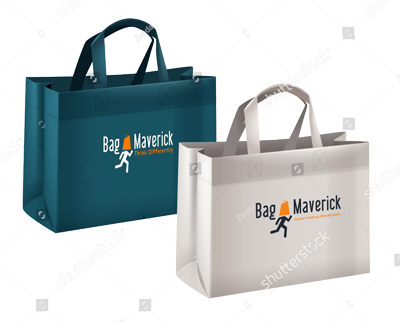 rPET can easily be branded with your artwork using a variety of techniques. Learn more about each one here.
rPET can easily be branded with your artwork using a variety of techniques. Learn more about each one here.Choose from a range of print techniques :
• Screen Printing
• Sublimation
• Transfer Printing
• Gravure Printing
• Embroidery
- GRS
- Recycled 100
Did you know?
It takes approximately 7 – 12 plastic bottles to make one t-shirt
rPET is 75% more environmentally-friendly than PET
PET can be identified by the triangle loop symbol with the number 1 inside
